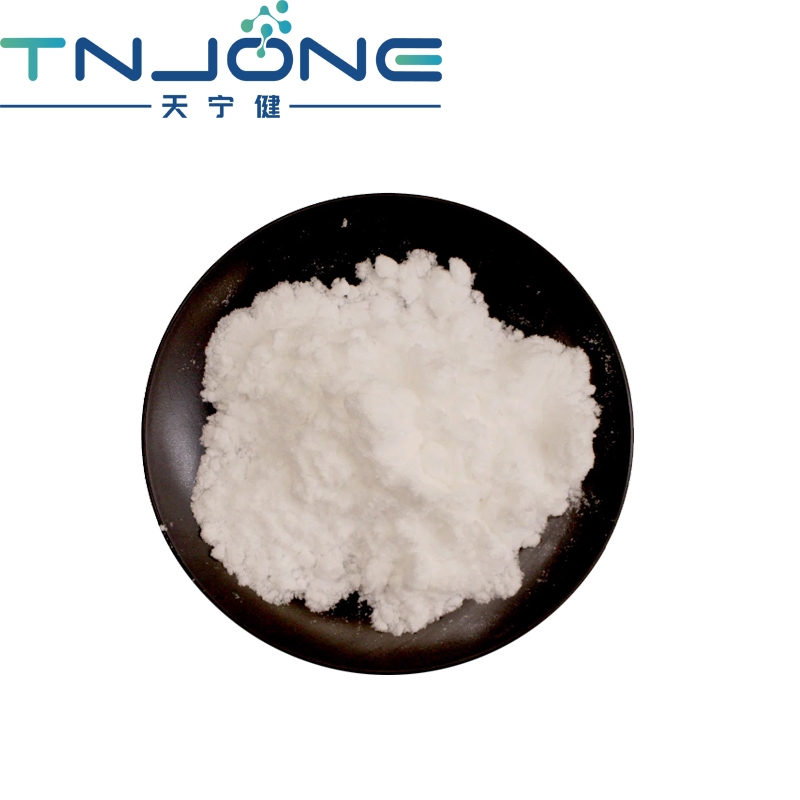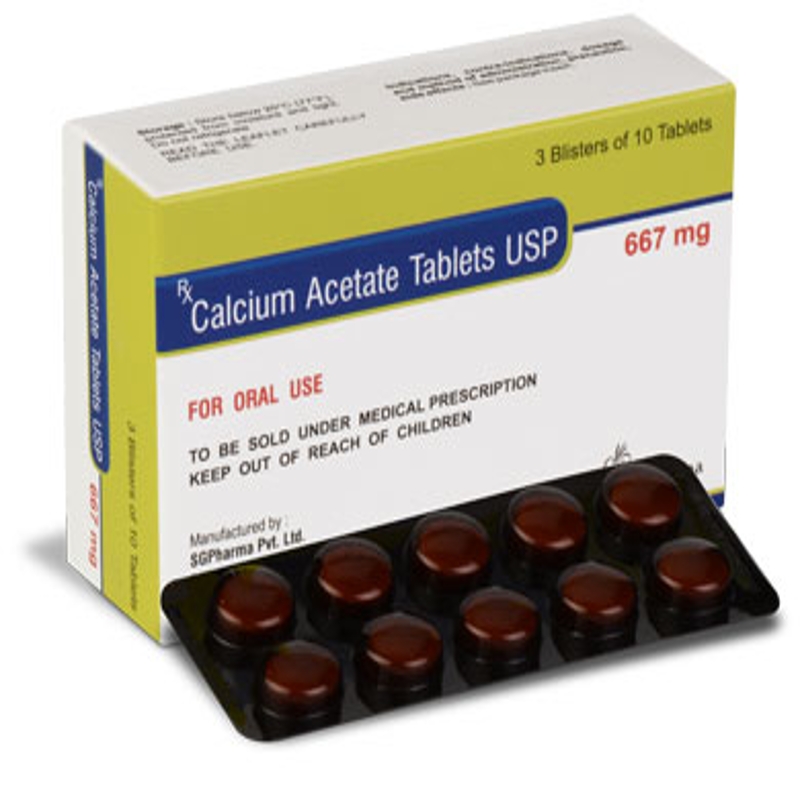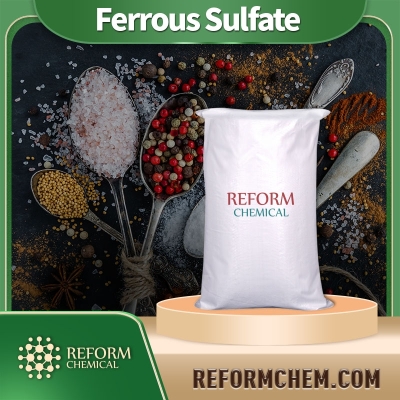-
Categories
-
Pharmaceutical Intermediates
-
Active Pharmaceutical Ingredients
-
Food Additives
- Industrial Coatings
- Agrochemicals
- Dyes and Pigments
- Surfactant
- Flavors and Fragrances
- Chemical Reagents
- Catalyst and Auxiliary
- Natural Products
- Inorganic Chemistry
-
Organic Chemistry
-
Biochemical Engineering
- Analytical Chemistry
-
Cosmetic Ingredient
- Water Treatment Chemical
-
Pharmaceutical Intermediates
Promotion
ECHEMI Mall
Wholesale
Weekly Price
Exhibition
News
-
Trade Service
Severe aplastic anemia (SAA) is one of the bone marrow failure diseases caused by immune
Severe aplastic anemia (SAA) is one of the bone marrow failure diseases caused by immune
However, in sibling-donor hematopoietic stem cell transplantation (MSD-HSCT), only 1/4 of the siblings have human leukocyte antigen (HLA) fully matched donors, and most SAA patients can only choose IST therapy
Therefore, allo-HSCT of surrogate donors selects patients with IST failure, SAA recurrence, or clonal transformation as second-line therapy
With the improvement of HLA high-resolution technology and conditioning regimens and the strengthening of supportive care, the transplantation efficacy of replacement donors has been significantly improved
For SAA patients, MUD-HSCT is usually considered after failure of first-line IST, and the main concern of this strategy is the higher risk of treatment-related complications after MUD-HSCT, such as engraftment failure, graft-versus-host disease (GVHD), and infections.
Can MUD-HSCT be used as first-line therapy? Some studies have selected early MUD-HSCT in pediatric patients, and the survival rate is 90%, which is comparable to the results of HLA-matched sibling donor transplantation [6]
In the early clinical treatment of Haplo-HSCT, in order to overcome the HLA barrier, in vitro T cell depletion technology was used, but there are factors such as poor engraftment, refractory GVHD, delayed immune reconstitution, and high transplant-related mortality (TRM), and Haplo-HSCT progresses slowly.
A long-term follow-up of Haplo-HSCT as a replacement therapy for SAA: 26 adults with SAA received Haplo-HSCT, with an average follow-up of 1313.
In order to explore suitable donor selection for Haplo-HSCT, a domestic study included 392 SAA cases who underwent allo-HSCT from 2006 to 2018, including 223 father donors, 47 mother donors, 91 sibling donors, and son donors.
Another retrospective study of minor SAA patients included a total of 49 SAA patients from 2012 to 2016, 29 received first-line IST therapy and 20 received first-line Haplo-HSCT, with no difference in 3-year OS; for minimal residual leukemia (MRD) For juvenile SAA patients, first-line Haplo-HSCT treatment is superior to IST[15]
The influence of the severity of aplastic anemia on the efficacy of IST has long been established.
China reported an adult FAA study, and the diagnostic criteria emphasized that the absolute value of neutrophils in the 2 weeks before ATG was 0, avoiding the effect of ATG depleting neutrophils
At present, 19 cases of allo-HSCT and 28 cases of IST were compared in the same period, and it was found that the complete remission rate (CR) after allo-HSCT was 73.
Eltrombopag (EPAG) is a synthetic small-molecule thrombopoietin (TPO) mimetic drug, and the addition of EPAG in the treatment of IST significantly promotes the rapid recovery of the blood system [18]
The Eastern China Anemia Collaborative Group conducted a retrospective study on the prognosis of 130 registered SAA patients: 51 patients received IST combined with EPAG treatment; 79 patients received HSCT, of which 58 were MSD-HSCT and 21 were Haplo-HSCT
In recent years, with the advancement of HSCT technology, the development and improvement of alternative donor HSCT, as well as the development and clinical application of new drugs, the efficacy and prognosis of SAA have been significantly improved
.
On the basis of new clinical studies and evidence-based medicine, guidelines for the diagnosis and treatment of SAA patients need to include new treatment methods, such as the choice of alternative donor HSCT—especially Haplo-HSCT, and EPAG combined with IST to promote hematopoietic recovery in SAA .
These new technologies will greatly improve the prognosis of SAA .
Diagnosis and Treatment Guidelines
References (omitted)
References (omitted)leave a message here







